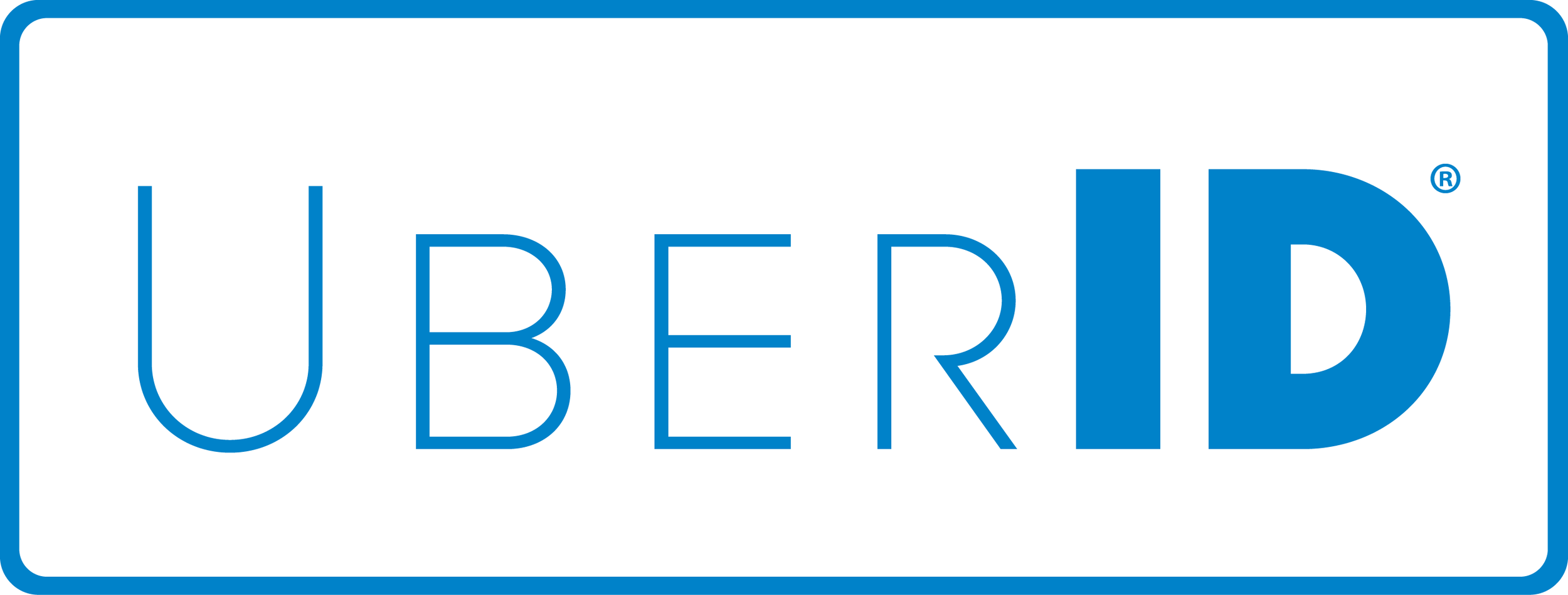The SOAP Protocol
How the SOAP Protocol Saves Lives
When you’re in a life or death situation, every second counts. According to a 2017 study, up to 200,000 U.S. hospital deaths per year could be prevented with a reduction in medical errors. Hospitals around the world are continually striving for efficiency, which often means implementing strict processes and policies. This includes things like how your condition is documented. Standardizing how medical professionals report on your medical condition – even for less-dire circumstances – ensures everyone involved can quickly understand your situation, progress, and treatment plan.
What is a SOAP note?
If you’ve ever heard a medical professional refer to your ‘chart’, it’s often built on a SOAP note structure. Generally written in plain language, the idea is that anyone involved in your care should be able to pick up your chart and understand what’s wrong and what needs to happen next.
SOAP is an acronym, standing for:
Subjective – A patient’s condition in their own words / why they are consulting a medical professional.
May include:
- When and the possible ‘how’ symptoms started
- Pain rating and type of pain
- Modifying factors (what makes a symptom worse or better)
- Treatment to date
Objective – Repeatable and traceable facts about a patient’s condition and status that can be measured, seen, heard, felt, and smelled.
May include:
- Vital signs and measurements
- Findings from physical examinations
- Lab results
Assessment – The diagnosis provided by the medical professional.
Plan – The patient’s treatment plan, including next steps such as ordering further tests, referrals, prescriptions, and procedures.
One UK paper has also suggested adding another ‘S’ to the protocol to refer to Safety, through the creation of a ‘culture of safety’ for long-term prevention of a relapse or further harm.
What if a patient can’t provide their subjective insights?
The SOAP protocol works well when a medical professional and patient can have a two-way conversation, but there are many situations where that may be impossible. A patient may be incapacitated or unable to communicate what they’re feeling, perhaps because of a language barrier or being in immense amounts of pain or emotional distress.
When these other factors get in the way, a backup form of communication can buy critical seconds for relieving pain or possibly saving a life. UberID® stores key information a doctor would normally include in the O sections of a SOAP note, such as blood type, allergies, current and past medications, historical conditions and diagnoses, and living will instructions. In the absence of a firsthand account, this pertinent information can help a medical professional come to a diagnosis and treatment plan quicker.
How can a SOAP note save lives?
The more information a doctor has, the better the diagnosis, and the more accurate and comprehensive the treatment plan. Missing information can lead to several adverse effects, including drug therapeutic failure, referring to an adverse drug reaction that can increase the disease and hospitalization length or lead to other life-threatening side effects. According to one study at Pisa University Hospital, up to 33% of emergency intakes were identified as suspect drug therapeutic failures based on the lack of information collected from patients.
Seniors are particularly at risk, as they take more medications than other population groups. Not understanding what medications someone is currently on can lead to negative drug interactions, ineffective prescriptions, or medical noncompliance. A study of hospitals in Colorado and Utah noted that adverse drug events were the leading cause of nonoperative adverse events, almost 10% of which lead to permanent disability.
A SOAP note helps medical professionals eliminate unsuitable treatments. A SOAP note assisted by UberID® is a shortcut for doctors to come to a conclusion, as they’ll quickly see what’s worked, what someone is currently using, and what they need to avoid.
